AFTERCARE
Piercing and tattoo aftercare tips by Dragon & Butterfly
By Dragon and Butterfly 434-4199
Each client is given a page of aftercare instruction appropriate to their piercing.(click to see example).
However in general the most important factor for healing is good hygiene and the use of proper wound dressings such as BAND-AID Advanced Healing bandage. Don't play with it, don't move the jewelry through the pierced area and Keep it Clean! Wash with soap and warm (37deg C) tap or bottled water then rinse away all the soap. Do not allow soap to enter the wound.
Why Salt Salt Sprays are Bad for You!
Your body heals best when moist and warm ( 37deg C) Aerosol sprays are normally at room temperature (20deg C) as the spray is released it tends cool, so that the spray hitting your skin is normally less than room temperature. cooling your skin to more than 17deg C less than the minimum optimal healing temperature will delay healing. The salt in the spray will tend to dry out and harden your skin and further delay healing. So instead of warm moist conditions you will have cool dry conditions.
To sum up. Just wash the pierced area daily with soap and warm water, keep it covered when ever possible, do not change the jewelry sooner than advised, do not touch without washing your hands first. And all will be well
What's that bump next to my piercing ?
It is a hypotropic scar or a Granuloma which is a medical term for a tiny collection of immune cells known as macrophages. Granulomas form when the immune system attempts to wall off substances that it perceives as foreign but is unable to eliminate. Such substances include organisms such as bacteria and fungi as well as other materials such as keratin, suture fragments or Piercing objects Such as barbells or posts .A granuloma is therefore a special type of inflammation . Hypotropic scars diminish over time.
Below is an Extract from Vancouver Island Health authority Patient and Family Education Resources - Appendix I
Because wound healing takes place at body temperature, the fewer times the dressing is changed, the more constant the temperature remains. Each time the wound is exposed for dressing change, it takes 6-8 hours to return to body temperature.
Because they are made to last longer (Advanced wound dressings such as BAND-AID Advanced Healing bandage), the change process is needed less often. Dressings that keep wounds moist are usually removed with less pain and are usually more comfortable when in place. For the full paper go to Appendix1PatientandFamilyEducationResources
